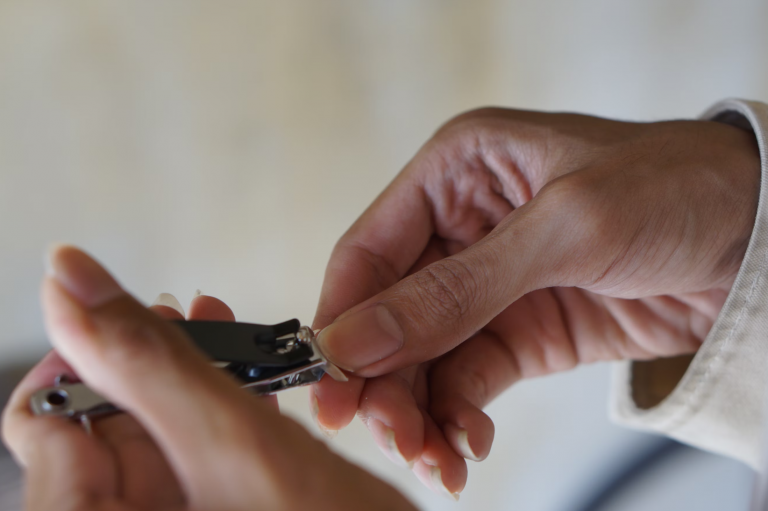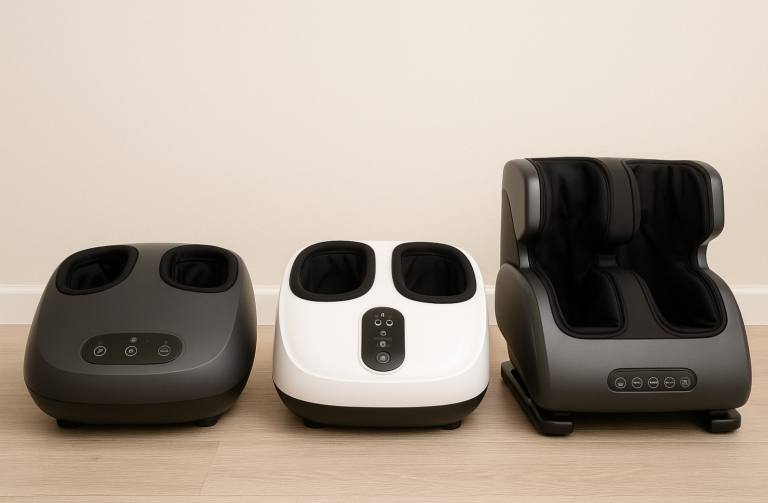
Introduction: Why Electric Toothbrushes Deserve a Closer Look
Electric toothbrushes have transformed daily dental care routines from a chore into a smart, efficient practice. With advanced technology, ergonomic designs, and improved plaque removal, they’ve become more than just a convenience—they’re a modern essential. But which one truly delivers the best clean?
Manual vs. Electric: A Brief Overview
Manual brushes can certainly get the job done, but studies consistently show electric toothbrushes remove more plaque and reduce gingivitis more effectively over time. The choice between the two comes down to consistency, technique, and features. And let’s be honest—who doesn’t want their brush to do half the work?
Key Factors in Evaluating Electric Toothbrushes
Brushing Technology: Sonic vs. Oscillating
Electric toothbrushes generally fall into two categories: sonic and oscillating. Sonic brushes (like Sonicare) vibrate at high frequencies to agitate fluid between teeth. Oscillating brushes (like most Oral-B models) use rotating-oscillation technology to scrub each tooth. Both are effective, but sonic may edge out in gentleness, while oscillating wins in precision.
Battery Life and Charging Options
Some models last weeks on a single charge, while others barely make it through a week. Sonicare models often boast longer battery life than Oral-B. USB charging, inductive charging bases, and even travel cases with built-in chargers are worth considering for frequent travelers.
Brush Head Design and Replacement Cost
Heads vary in shape—oval, round, compact—and in bristle pattern. Smaller heads tend to clean more effectively around molars. Also, consider replacement head costs. Brands like Quip offer subscription services, while Oral-B tends to be more affordable long-term.
Smart Features: Timers, Sensors, and Apps
Today’s brushes are smarter than ever. Pressure sensors alert you if you brush too hard, while built-in timers ensure the ADA-recommended 2-minute brushing session. Some, like the Colgate Hum, connect to an app for real-time coaching.
Top Electric Toothbrush Brands Compared
Philips Sonicare Series
Pros and Cons
Pros:
- Exceptional battery life
- Sonic technology ideal for sensitive gums
- Quiet operation
Cons:
- More expensive upfront
- Replacement heads can be costly
Oral-B Series
Pros and Cons
Pros:
- Powerful oscillating action
- Affordable head replacements
- Offers a range of price tiers
Cons:
- Louder than Sonicare
- Slightly bulkier design
Quip Toothbrush
Pros and Cons
Pros:
- Sleek, minimalist design
- Affordable with a subscription
- Great for travel
Cons:
- Limited brushing power
- No advanced features
Colgate Hum
Pros and Cons
Pros:
- Engaging app with real-time feedback
- Good battery performance
- Budget-friendly
Cons:
- App may feel gimmicky to some
- Build quality not as premium
Performance Comparison
Cleaning Efficiency
Oral-B wins slightly on direct contact cleaning thanks to its oscillating heads, while Sonicare leads in fluid dynamics and coverage. Colgate Hum and Quip lag behind, offering moderate results suitable for non-problematic teeth.
User Comfort and Ergonomics
Sonicare and Quip are ergonomic champions—sleek and lightweight. Oral-B, while powerful, can feel bulky. Hum strikes a balance but lacks the finesse of high-end models.
Noise Level and Vibration
Sonicare brushes are the quietest. Oral-B’s intense vibration and noise can be off-putting for light sleepers or shared bathrooms. Quip offers minimal vibration, while Colgate Hum sits somewhere in between.
Price vs. Value: Are Expensive Models Worth It?
A $200 toothbrush may sound excessive, but if it means healthier gums and fewer dentist bills, the investment can be worthwhile. That said, mid-tier models like Oral-B SmartSeries or Colgate Hum often provide 80% of the benefits at 50% of the cost.
Best Electric Toothbrush for Different Needs
Best for Sensitive Teeth
Philips Sonicare ProtectiveClean 6100 — gentle yet thorough, with pressure sensors and intensity settings.
Best for Kids
Oral-B Kids Electric Toothbrush — colorful, interactive, and built for smaller mouths.
Best for Travel
Quip Metal Electric Toothbrush — slim, battery-operated, and comes with a travel-friendly cover.
Best All-Around
Oral-B iO Series 6 — combines power, smart features, and value in a versatile package.
Common Mistakes to Avoid When Using an Electric Toothbrush
- Brushing too hard—let the brush do the work.
- Not replacing the head every 3 months.
- Using it like a manual brush (scrubbing motion)—slow, steady guidance is key.
- Forgetting to charge or clean the device.
- Ignoring built-in timers and pressure sensors.
Conclusion: Which Toothbrush Wins Overall?
When weighing all factors—cleaning ability, comfort, features, and cost—the Oral-B iO Series edges out the competition for most users. It strikes a solid balance between performance and price, with smart features that genuinely improve brushing habits. For those prioritizing comfort and silence, Sonicare is a close second. Ultimately, the best brush is the one you’ll use consistently—and correctly.
FAQs
1. Is a sonic toothbrush better than an oscillating one?
Not necessarily. Sonic brushes are gentler and better for sensitive gums, while oscillating brushes often provide deeper spot-cleaning.
2. How often should I replace the electric toothbrush head?
Every 3 months is the general recommendation, or sooner if the bristles fray.
3. Can kids use electric toothbrushes safely?
Absolutely. Brands like Oral-B and Philips make child-friendly versions with soft bristles and fun features.
4. Are Bluetooth-enabled brushes worth it?
If you’re data-driven or need help building better habits, they can be a game changer. Otherwise, it’s a nice-to-have.
5. Does an electric toothbrush really improve oral health?
Yes—studies show significant reductions in plaque and gingivitis with consistent electric toothbrush use compared to manual brushing.






